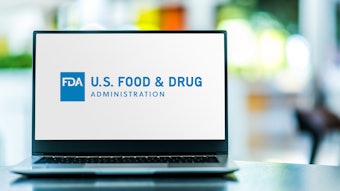Author’s note: When I write this column, I usually cover a recent change to regulations somewhere in the world. I also keep a backlog of subjects; some so old they may no longer be of value or interest. Finally, I review recent e-mails and calls I have received, which are the sources for this column’s topic. I selected alcohol because it is a complex regulatory issue that confuses many chemists and marketers, as well as regulatory experts, as to the permitted grades, required uses and proper labeling—which vary by country. This confusion can lead to use of the wrong denaturants and levels, custom holds on imports and exports, and consumer misuse. The regulation of alcohol rarely changes but these problems remain.
Definition
The first problem with alcohol is the International Nomenclature Cosmetic Ingredient (INCI) name. There are many different ways to label what is commonly called alcohol. Alcohol is the INCI name for the chemical known as ethanol or ethyl alcohol. It is a simple, two-carbon chemical with a terminal hydroxyl group at the end. It has the CAS number of 64-17-5 and an ELINCS number of 200-578-6. The INCI Monograph ID 65 refers to the use and definition of alcohol as follows: “In the United States, alcohol may be used as an active ingredient in OTC drug products. See ‘Regulatory and Ingredient Use Information,’ regarding the labeling names for US OTC Drug Ingredients in Volume 1, Introduction, Part A. When used as an active drug ingredient, the established drug name is alcohol.”







!['I think the biggest game-changer about [MoCRA's] ... requirement for GMPs is how it changes what it means to be adulterated,' Brandi Reinbold, senior manager of global certification for NSF International, said in this sponsored videocast. Register now to watch and learn more. It's free.](https://img.cosmeticsandtoiletries.com/files/base/allured/all/image/2023/11/NSF_Intl_Thumbnail.6554efdc29816.png?auto=format%2Ccompress&fit=crop&h=191&q=70&rect=275%2C70%2C1328%2C748&w=340)


